Why do we eat? Any of my browsers or AI assistants would quickly answer: “To provide the body with energy and nutrients needed for growth and repair.” And that’s how I’d know, they’re definitely not Argentine.
Because in Argentina, we don’t just eat to stay alive. We eat to talk, to laugh, to celebrate, to heal a bad day or stretch a good one. We eat to connect. Meals here aren’t just fuel, they’re gatherings with stories to unfold at the sobremesa, that glorious, unhurried ritual after dessert when nobody dares to move or leave, except maybe the brand-new boyfriend meeting the parents for the first time (good luck, buddy).
Food in Buenos Aires is culture, ritual, and national pride. We take our asado seriously — the smoky, slow-cooked kind with chimichurri that sparks endless debates about who does it best. We eat empanadas with our hands and argue about which province has the best filling. Let’s not even get started on mate, because that’s an entire social language.
And yes, we brag — a lot — about our beef and wine. But once you taste them, you’ll understand why. It’s not showing off, it’s inviting you in.
So if you’ve ever asked yourself what food to try in Argentina, what are the best restaurants in Buenos Aires, which is the best argentine dish and how to order without missing out, keep reading.
You might leave this page a little hungry, but definitely full of ideas.
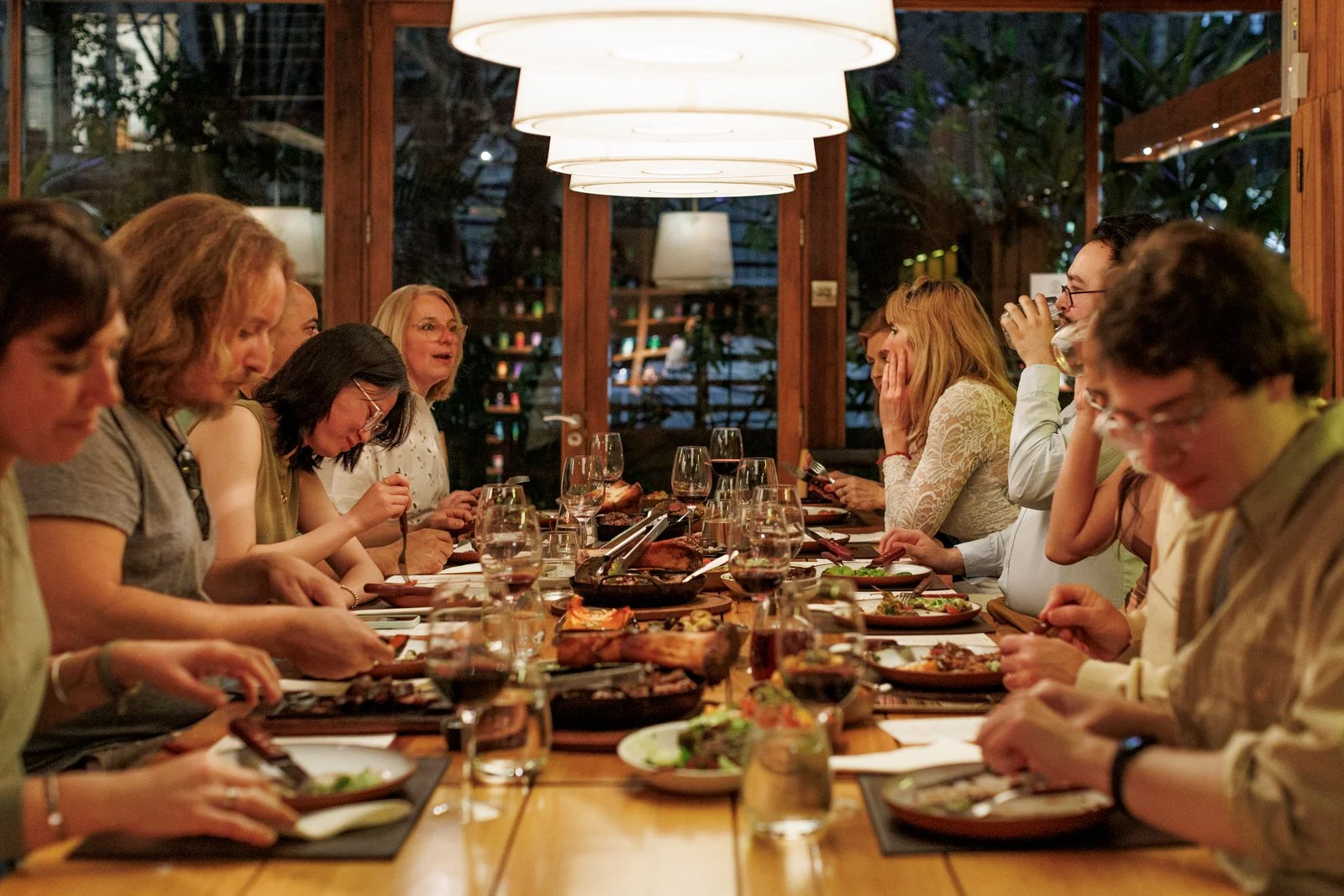
Why Buenos Aires Is a Top Destination for Foodies
Let’s start with the obvious: we love and enjoy eating, and we’re pretty proud of it too. Buenos Aires, the country’s bustling capital, is shaped by countless culinary influences. From Italian and Spanish roots to native ingredients and immigrant creativity, the city’s food scene is as diverse as its history.
We’re not just passionate about food, but we also love to create. You’ll find old-school bodegones serving the same comforting dishes for generations right next to experimental kitchens that reinvent tradition without losing the essence.
And yes, the beef here really is that good. Why? Because our cattle roam freely across vast pampas, grazing on natural grass. That’s a difference you can taste in every cut. From perfectly roasted asado to choripán on the street corner, meat in Buenos Aires is more than a staple; it’s a point of national pride.
But what makes this city unforgettable isn’t just what’s on the plate, but how food brings people together. Dinners stretch for hours, coffee sparks long conversations, and sharing a table often means sharing a moment you’ll remember long after the meal ends.
What to Eat in Buenos Aires: Famous Dishes You Can’t Miss
You came for the tango, but you’ll stay for the food. Here’s a list of the most eaten and most popular food in Argentina, and why each bite matters.
- Asado: Argentina’s iconic barbecue, and a true social ritual. Expect slow-cooked meats over wood fire, shared among friends or strangers who quickly become friends. If you wonder what to eat in Buenos Aires, this might be your first choice.
- Empanadas: Every province has its version. In Buenos Aires, try them baked, filled with beef, chicken or even humita (corn and cheese).
- Choripán: A streef food classic. Grilled chorizo in bread with spicy chimichurri (a punchy mix of parsley, garlic, vinegar, and spices) is the unofficial sandwich of soccer fans and Sunday strolls.
- Provolone / Provoleta: Thick slices of grilled provolone cheese, melted to perfection, usually served as a starter at a grill.
- Milanesa: A thin slice of beef (or sometimes chicken), breaded and fried to golden perfection. It’s basically the Argentine dish that replicates schnitzel, but eaten with far more obsession. Served with mashed potatoes, fries, or slapped between bread as a sandwich is a comfort food staple in every home and cantina.
- Lomito: This sandwich is made with tender beef steak, often grilled, tucked into a crusty roll with the full VIP treatment: lettuce, tomato, ham, cheese, egg, and mayo. While you’ll find lomitos around Buenos Aires, the truth is… Córdoba owns this argentine dish. There, it’s practically an art form.


- Dulce de leche: a silky, caramel-like spread made from slowly simmered milk and sugar. It’s sweet, rich and addictive if you’re a sugar lover. You’ll find it in pastries, desserts, or simply on a spoon.
- Chocotorta: A fridge cake made with chocolinas — a popular brand of chocolate cookies — layered with a mix of dulce de leche and cream cheese. No baking involved, just pure joy. Originally a homemade classic, it’s now so loved you’ll find it in alfajor form, ice cream, and even at fancy restaurants trying to act casual. Choose any of its formats but, please, add it to your “what to eat in Buenos Aires” list.
- Mate: It’s not food, but it’s essential. Many tourists think it contains something unusual, and while it does look mysterious, it’s just a herbal infusion made from yerba mate leaves and hot water. Shared in a round gourd with a metal straw (bombilla), mate is all about connection. It’s warm, slightly bitter, and totally social. Try it at least once, it might just grow on you.

Where to Eat in Buenos Aires: From Michelin Gems to Pizza on the Go
Where to eat in Buenos Aires really depends on what kind of experience you’re after. You can go to a full tasting menu or grab a slice standing up on Corrientes avenue. Here’s how to navigate the city’s flavors:
Michelin-Recommended Restaurants
The Michelin Guide features dozens of local favorites that combine creativity with top ingredients. Here are some of the best restaurants in Buenos Aires:
- Fogón Asado: A modern take on the classic parrilla, with an open kitchen, a many-course curated menu, and all the smoky glory of Argentine grilling. Expect hands-on explanations about firewood, beef cuts, sauces, and cooking techniques, all while sharing stories around the fire. It’s dinner and a culinary masterclass in one.
- Aramburu: Tucked away in the elegant Recoleta neighborhood, Aramburu is a fine dining experience that lives up to the buzz. Led by chef Gonzalo Aramburu, the restaurant offers a surprise tasting menu of around 18 courses that blend creativity, precision, and aesthetic flair, all centered on top-quality Argentine ingredients. Expect bold textures and unexpected combinations.
- Sacro: Plant-based, but far from predictable. Sacro is one of Palermo Hollywood’s most stylish spots. The menu is modern, creative, and full of surprises, designed to share and challenge the idea of what vegetarian cuisine can be. While vegetables take center stage, Sacro has recently added fresh-caught seafood to the mix, always with bold flavors and thoughtful technique. A perfect pick if you’re looking for a different take on Buenos Aires dining, no steak required.
And that’s just the beginning. The Michelin Guide will be really helpful to your “where to eat in Buenos Aires” browse, since it features dozens of other favorites like Elena, Roux, Crizia, Julia and Mishiguene. All of those, blending creativity with top-notch ingredients and atmosphere.
Buenos Aires Classics
For a bite of true porteño culture, head somewhere with fluorescent lighting, noisy tables, and history on the walls.
- Güerrin or Las Cuartetas: Legendary pizzerias on Avenida Corrientes. Thick, cheesy, and best enjoyed standing at the bar with a slice in one hand and a napkin in the other.
- Café Tortoni: More than a café, it’s a time machine. One of the city’s oldest, and still a classic for a reason.
These might not be the best restaurants in Buenos Aires, but they matter as much as museums, just with more melted cheese and fewer school tours.
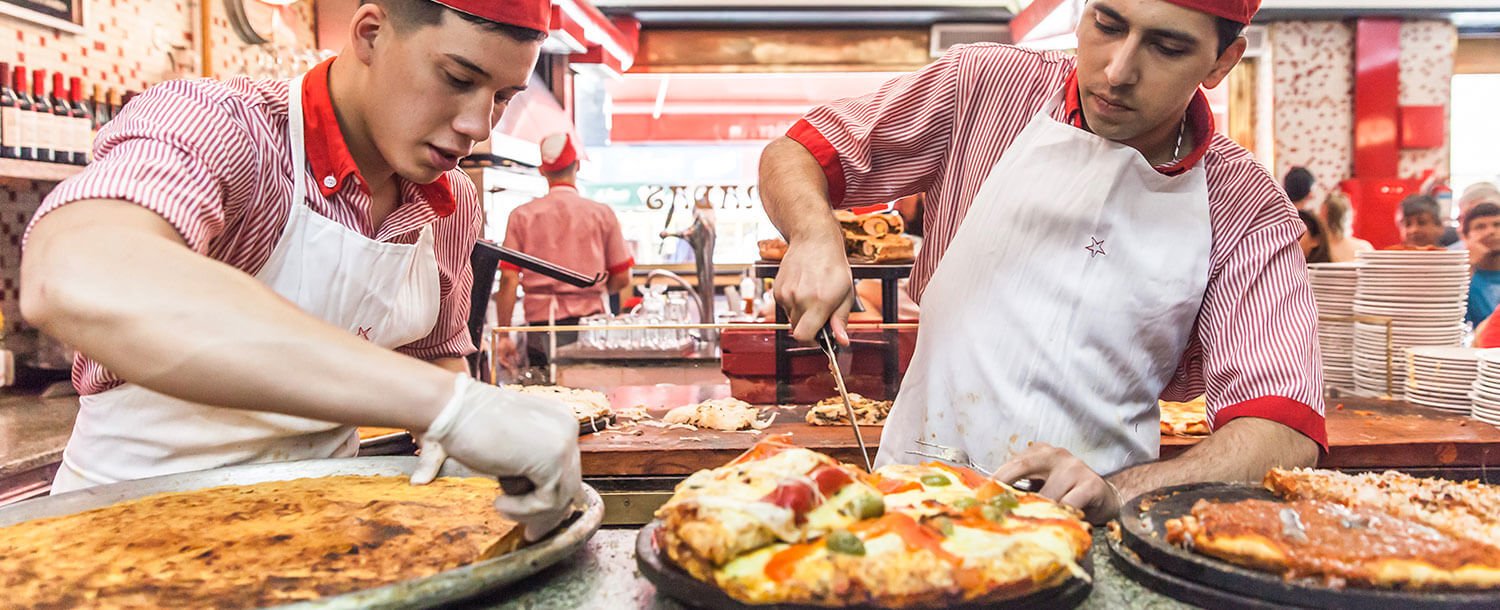
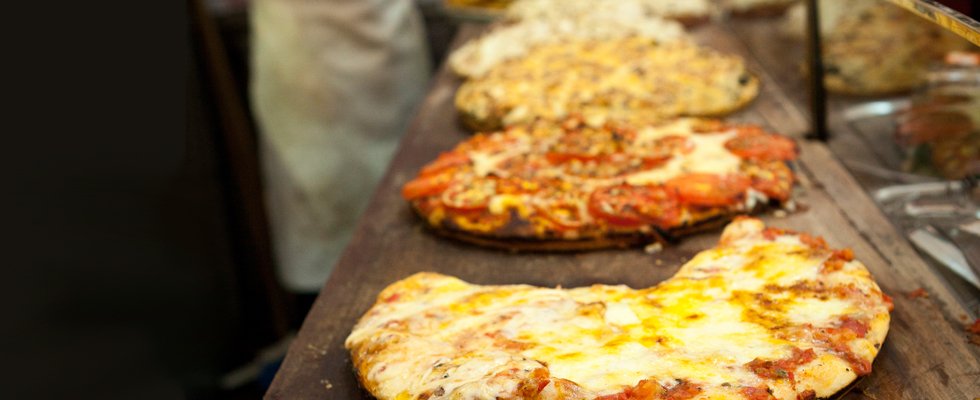
Street Food in Buenos Aires
Walk around Feria de Mataderos, explore Mercado de San Telmo, or just follow your nose. You’ll find choripán, milanesas, lomitos, and more, often cooked on the spot and served with zero pretense.
Gelato and Coffee
After Italy, Buenos Aires is home to some of the best gelato in the world. Spots like Cadore and Rapa Nui have perfected flavors like dulce de leche granizado, and it’s totally normal to eat it year-round, even in winter, even in the rain.
For coffee, the city’s full of options. Whether you’re grabbing a coffee to go or settling in for a long chat, Palermo, Recoleta and San Telmo are packed with really nice cafés. Don’t skip the medialuna, and enjoy the long pause between sips.
Taste It All Without Running Around: The Argentine Experience
We know, at this point, your mouth’s watering and your itinerary’s already tight. You want to try everything, but time is not always on your side. Good news: there’s a way to eat it all in one place.
Our top pick:
The Argentine Experience: A full-on 16-step dinner that walks (and feeds) you through Argentina’s most iconic flavors. From making your own empanadas to trying local wines, mate, and the ultimate dulce de leche dessert, this is food, fun, and culture all rolled into one stylish night.
Want to get hands-on? TAE offers also a cooking class, where you’ll learn to make chipa, the argentine dish lomo grillado, and flan like a pro (or at least you’ll try).
Whether you’re a solo traveler looking to meet people, a group of friends celebrating something (or nothing), or organizing a corporate event or team-building experience, The Argentine Experience is a brilliant way to break the ice, bond over good food, and leave with stories that go way beyond “we had dinner.”
Because this isn’t just a meal, it’s The Argentine Experience. And you can book it right here.
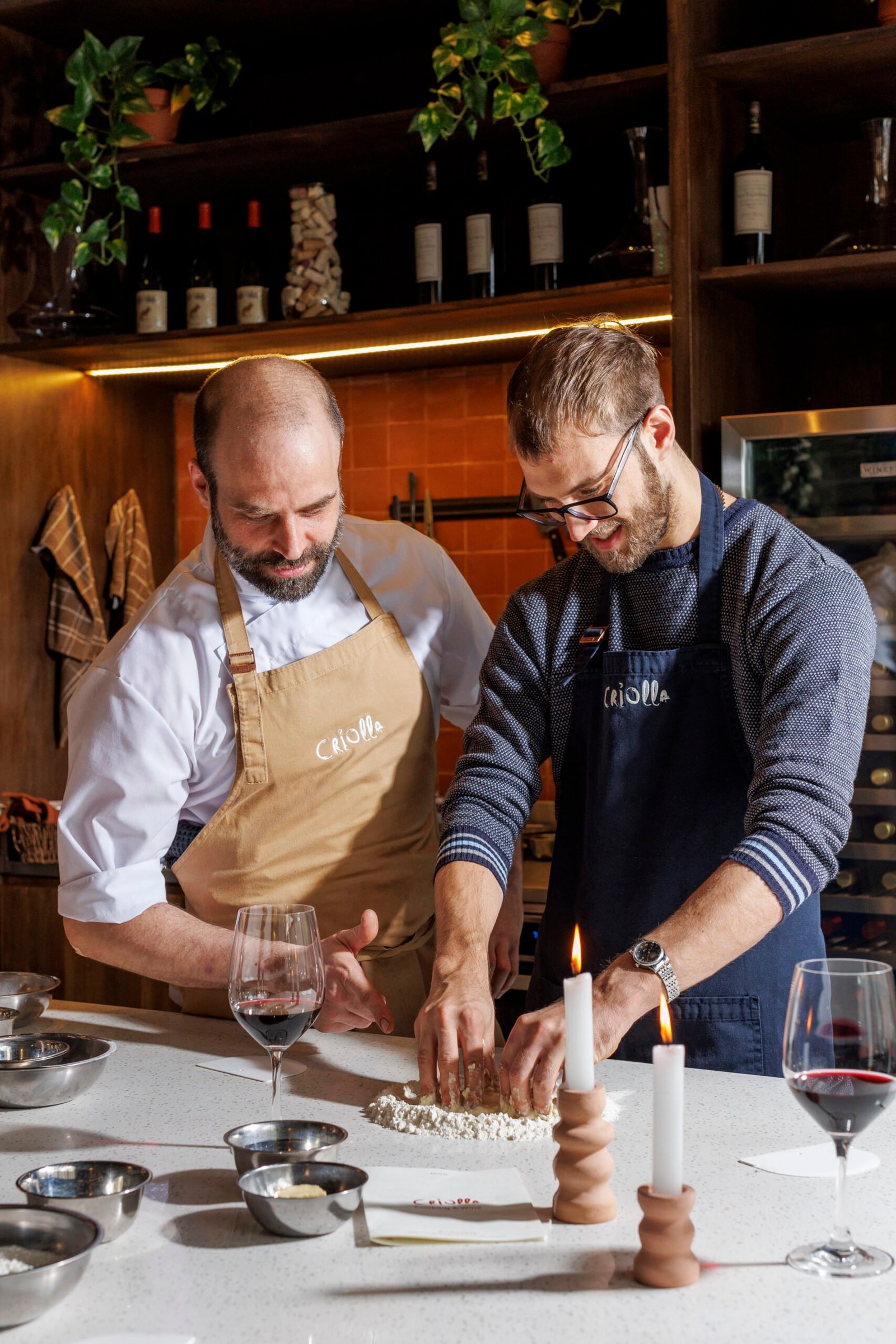
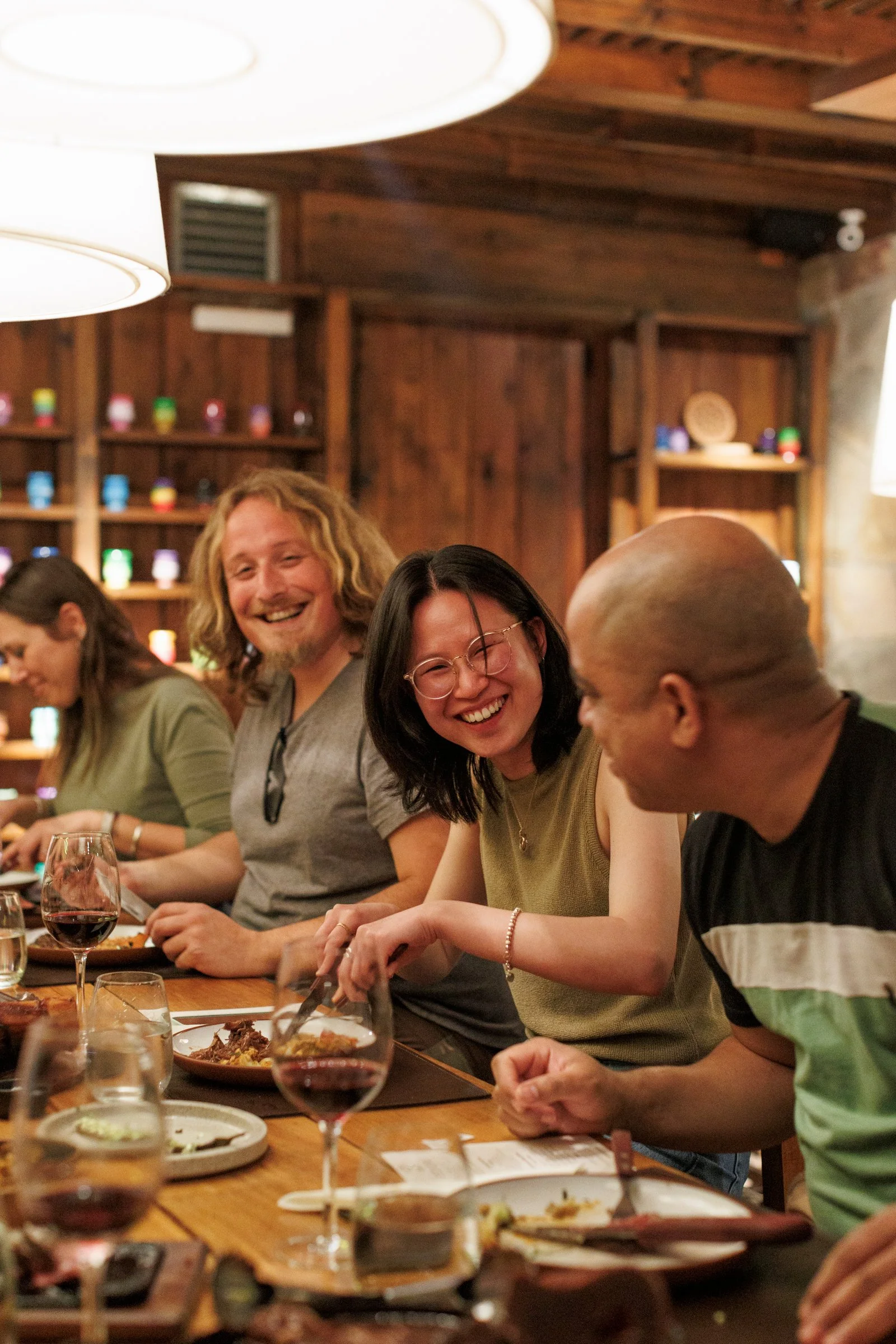
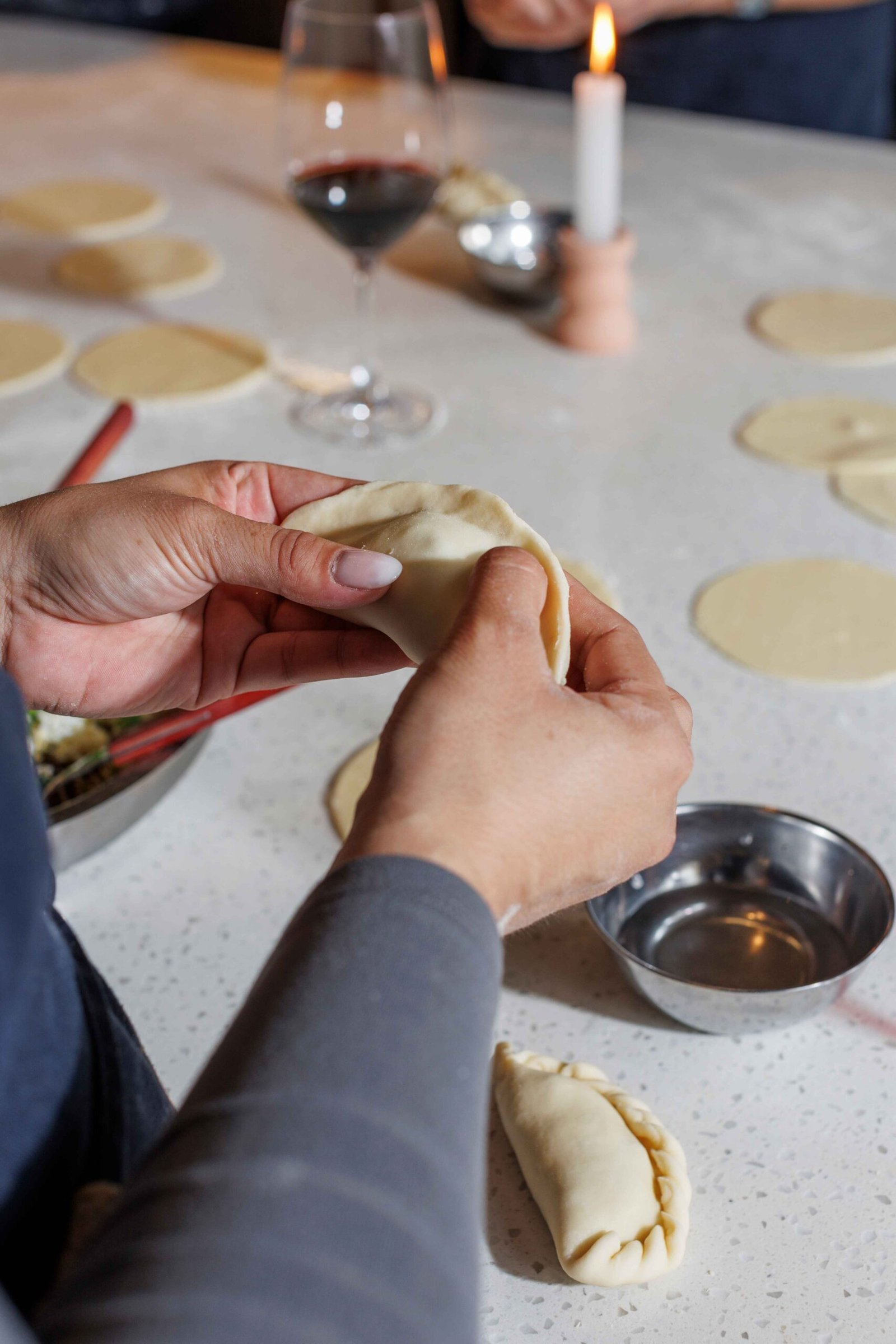
Thousands of travelers have already enjoyed this one-of-a-kind dinner — and it shows.
It’s the #1 food & drink experience in Buenos Aires on TripAdvisor, rated 5 stars by a lot of happy guests.
Also recommended by BBC Travel and CNN, this experience keeps earning praise for turning Argentine flavors into unforgettable memories.
What and Where to Drink in Buenos Aires: Let’s Uncork
Now you know where to eat in Buenos Aires, but no food guide would be complete without drinks, and this city knows how to serve them.
Wine Culture in Buenos Aires
Argentina is the land of Malbec, sure, but that’s just where things begin. From high-altitude Torrontés to bold Bonarda and complex blends from Mendoza, Patagonia, and Salta, there’s a whole wine world to explore, and Buenos Aires is the perfect place to do it without leaving the city.
Our recommendations:
Vico Wine Bar – A laid-back spot in Villa Crespo and Palermo where you can serve yourself by the glass from high-tech dispensers, guided by sommeliers if you need a hand. Ideal for tasting multiple varietals without commitment (wine commitment, at least).
Aldo’s – A stylish wine bar and restaurant in San Telmo with a deep cellar and a menu that pairs beautifully with the bottles. Think modern, cozy, and perfect for a long night.
Pain et Vin – Part wine bar, part artisan bakery in Palermo. A small but curated list of natural and biodynamic wines, paired with fresh sourdough and great cheese boards. Simple, thoughtful and delicious.
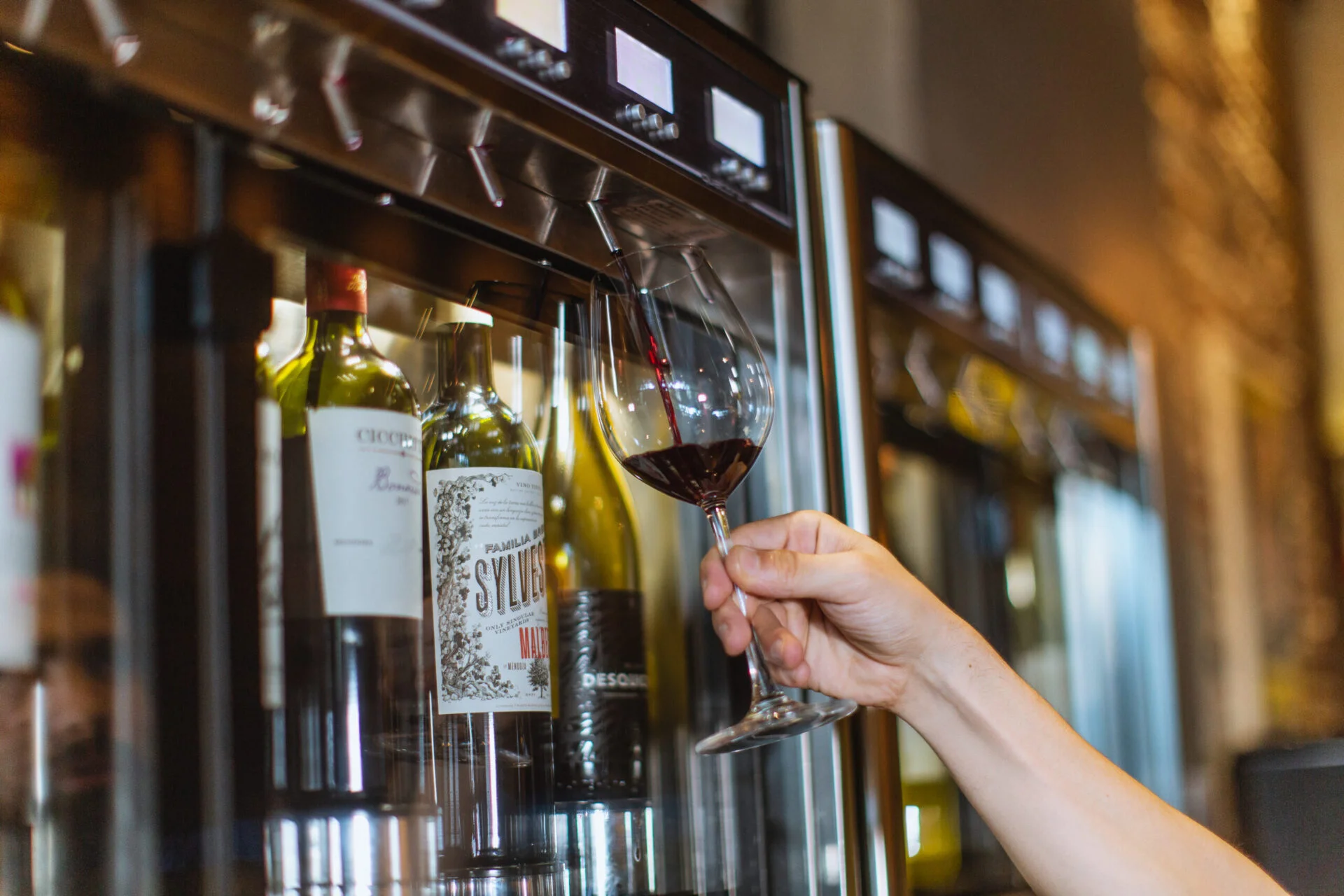
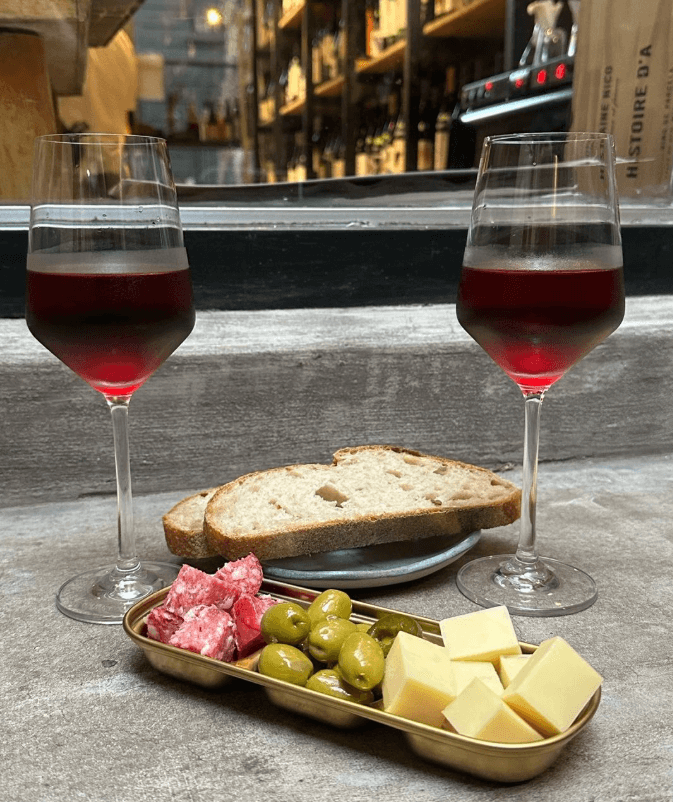
Bars & Cocktails: Where Buenos Aires Gets Creative
If you’re more into cocktails than Cabernet, you’re in luck. Buenos Aires has a thriving cocktail scene, full of rooftop vibes, hidden doors, and bartenders who take their bitters very seriously.
Try these:
Florería Atlántico – Hidden behind a flower shop near Plaza San Martín, this award-winning bar is consistently ranked among the World’s 50 Best. Sea-inspired drinks, an epic gin selection, and a menu that’s as creative as the entrance.
Frank’s – A speakeasy in Palermo that starts with a password and ends with top-notch classics. Dark, moody, and just great.
Uptown – A New York subway-themed bar with theatrical vibes and solid cocktails. Yes, you walk through a fake metro entrance. No, it never gets old.
There are many more, but you definitely have enough content to get started!
If you see Fernet con Coca on the menu, give it a try. It’s Argentina’s most polarizing drink: part bitter, part cola, all identity. Some swear by it, others smile politely and never sip again. But if you’re curious (and brave), give it a go. It’s not just a cocktail, it’s a cultural checkpoint.
FAQ’s About Food in Buenos Aires: Plan your trip
If you’re planning a trip to eat your way through Buenos Aires, here’s what you need to know.
What is the most famous argentine dish?
The asado is Argentina’s most iconic meal. It’s a social ritual centered around grilled meats, often shared with friends or family. Other famous dishes in Buenos Aires include empanadas, milanesa, choripán and the addictive dulce de leche in all forms.
What to eat in Buenos Aires if I only have one day?
If you only have one day and a wide range of options, don’t limit yourself. Book The Argentine Experience and try EVERYTHING.
Is it expensive to eat in Buenos Aires?
Compared to major cities around the world, food in Buenos Aires offers excellent value. You can splurge at a Michelin Guide spot or enjoy amazing street food and still stay within budget. Local bakeries (panaderías) and neighborhood joints (bodegones) are especially wallet-friendly.
A typical meal at a mid-range restaurant might cost USD 15–30 per person, while fine dining experiences can go from USD 50–100+, depending on the tasting menu and wine pairings. You’ll also find plenty of street food and casual eats for just a few dollars, so eating in Buenos Aires can be as affordable or indulgent as you want it to be.
When is the best time to visit Buenos Aires for food lovers?
While you can enjoy food in Buenos Aires year-round, spring (September to November) and fall (March to May) are ideal. The weather is pleasant, markets are in full swing, and many culinary festivals take place. If you’re into wine and food pairings, fall is a great time to experience local Malbecs and seasonal dishes.
Do you need to book restaurants and foodie experiences in advance?
Yes — especially if you’re eyeing a popular Michelin-recommended restaurant or an immersive experience like The Argentine Experience. Top spots tend to fill up fast, so making a reservation is the smartest move. For casual eateries and street food, walk-ins are usually fine.
What’s the deal with Fernet con Coca?
Fernet con Coca is a uniquely Argentine cocktail that blends bitter herbal liqueur with cola. You’ll either love it or raise an eyebrow, but it’s worth trying at least once for the cultural cred.
Ready to Taste It All?
Buenos Aires isn’t just a destination for food lovers , but a full-on flavor experience. From smoky asados to creamy dulce de leche, every Argentine dish tells a story of culture, passion, and creativity.
Throughout this guide we’ve walked you through the best food in Buenos Aires. Now that you know what, there is only one question left.
Where to eat in Buenos Aires? Easy peasy, The Argentine Experience.
